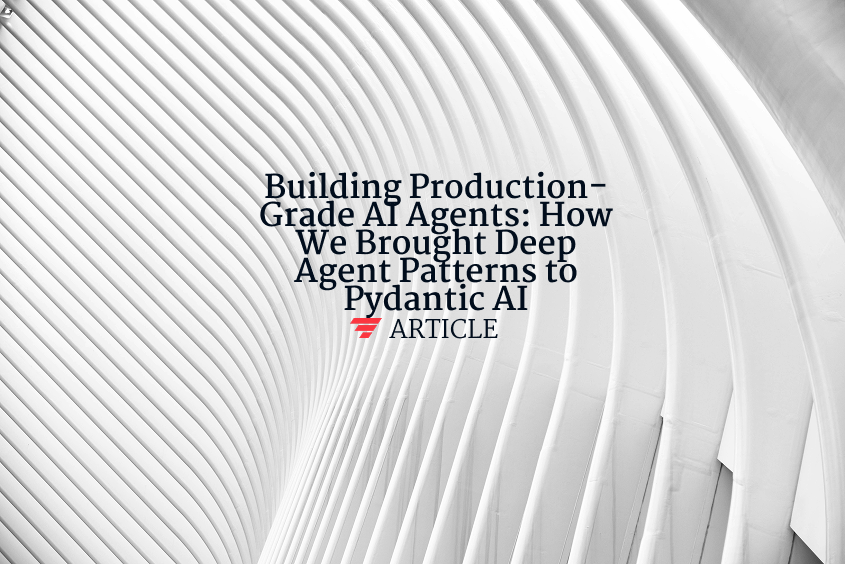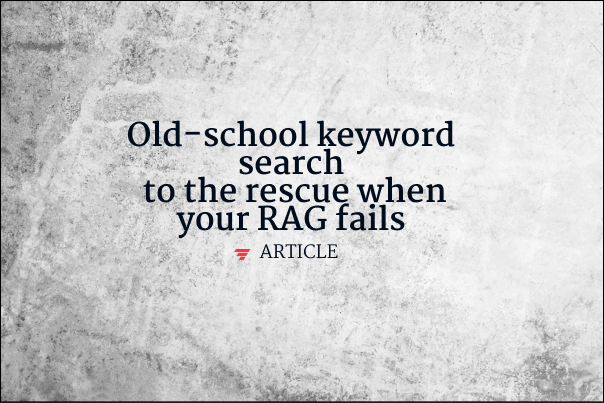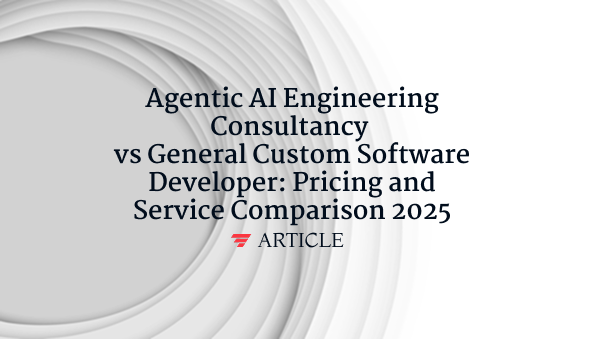What is unsupervised learning in AI
What is unsupervised learning in AI refers to machine learning algorithms that discover hidden patterns, structures, and relationships in data without labeled examples or explicit target outputs. This paradigm enables AI systems to learn from unlabeled datasets by identifying underlying data distributions, clustering similar instances, and extracting meaningful representations. Unsupervised learning employs techniques including clustering algorithms like k-means and hierarchical clustering, dimensionality reduction methods such as principal component analysis and t-SNE, and association rule mining for pattern discovery. Advanced approaches include autoencoders for feature learning, generative adversarial networks for data synthesis, and self-supervised learning that creates supervision signals from data structure. Applications span anomaly detection, market segmentation, data compression, and feature engineering. For AI agents, unsupervised learning enables autonomous pattern discovery, environmental understanding, and knowledge acquisition without human supervision.
Want to learn how these AI concepts work in practice?
Understanding AI is one thing. Explore how we apply these AI principles to build scalable, agentic workflows that deliver real ROI and value for organizations.



